Introduction to the 1955 Chevrolet Wagon
The beginning of a new era
The 1955 Chevrolet Wagon marked the beginning of a new era for American automobiles. It was a time when the industry was shifting from stodgy, post-World War II designs to sleeker, more modern vehicles that captured the imagination of the public. The ’55 Chevy Wagon embodied this transformation, combining stylish design with powerful performance to create a timeless classic.
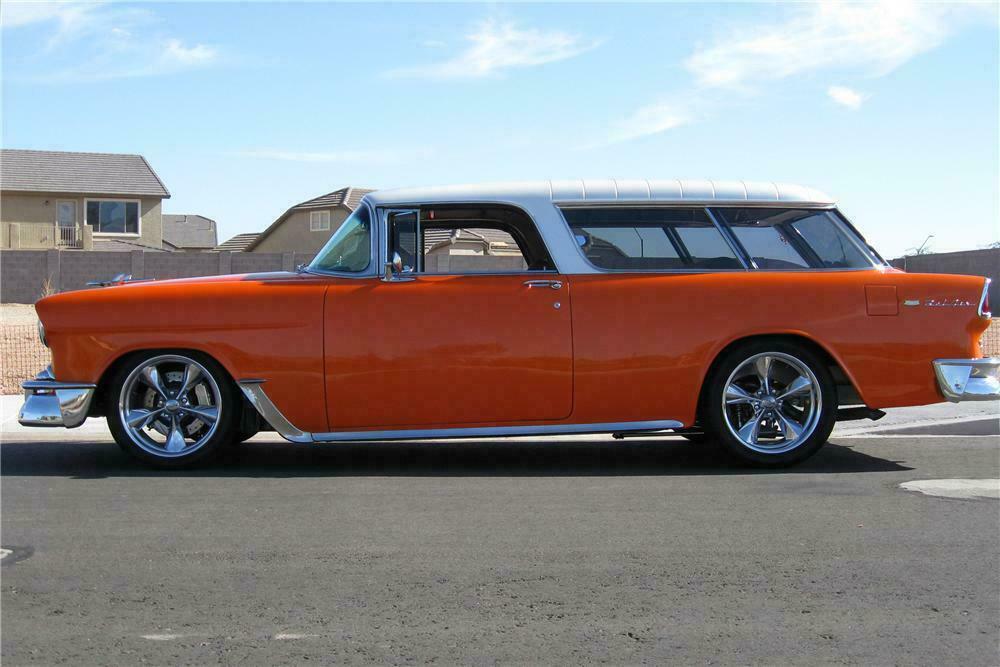
Chevrolet Wagon models
In 1955, Chevrolet introduced three distinct wagon models, each catering to different tastes and needs: the Two-Ten Handyman, the Bel Air Nomad, and the Two-Ten Townsman. The Handyman was a two-door utility wagon designed for practicality, while the Nomad offered a sportier, two-door option with unique styling. The Townsman was a family-oriented four-door wagon that provided ample space and comfort for passengers.
Design and Style
Exterior features
The exterior of the 1955 Chevrolet Wagon was defined by its sleek, streamlined design. Distinctive features included a wrap-around windshield, chrome trim, and the iconic “egg-crate” grille. The two-tone paint schemes were also popular, with bold colors that made these wagons stand out on the road.
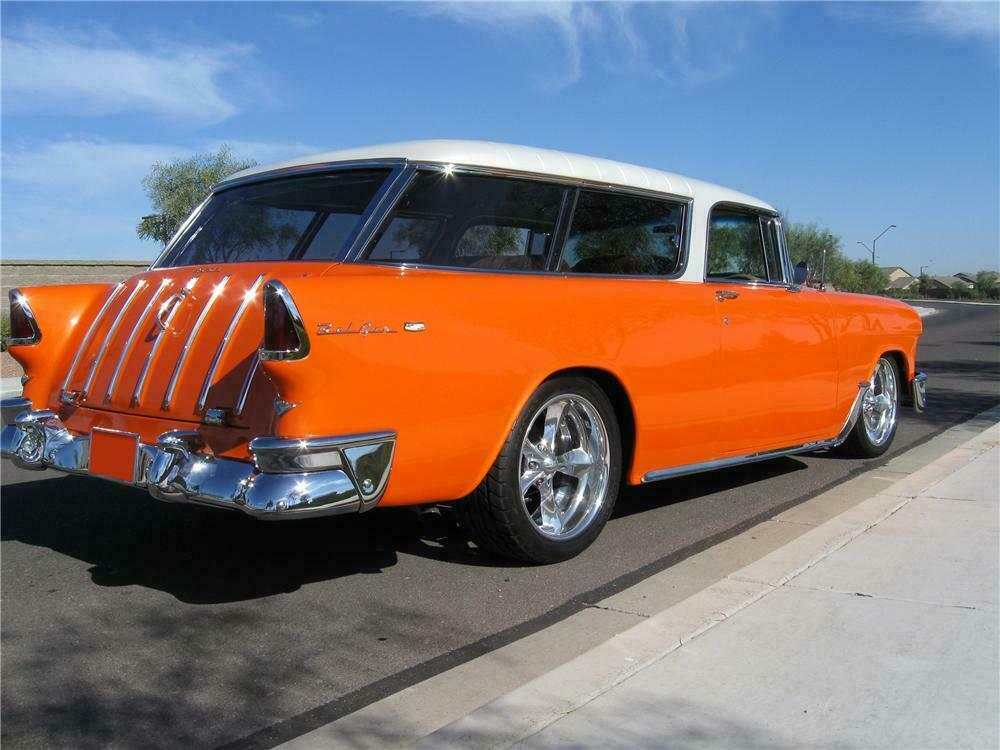
Interior design
The interior of the ’55 Chevy Wagon was both functional and stylish. The dashboard featured a simple, uncluttered layout with easy-to-read gauges. The upholstery was available in a variety of materials, including vinyl and cloth, with patterns and colors that matched the exterior paint options.
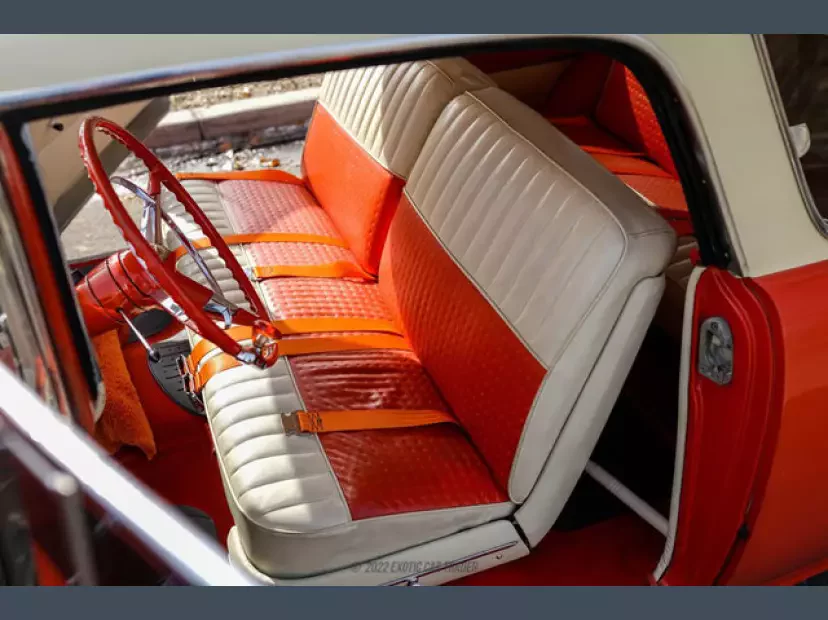
Comfort and convenience
Despite its utilitarian nature, the 1955 Chevrolet Wagon provided a comfortable and convenient driving experience. With ample headroom and legroom, passengers could enjoy long drives without feeling cramped. The wagons also featured thoughtful touches like fold-down rear seats for increased cargo space and various storage compartments throughout the cabin.
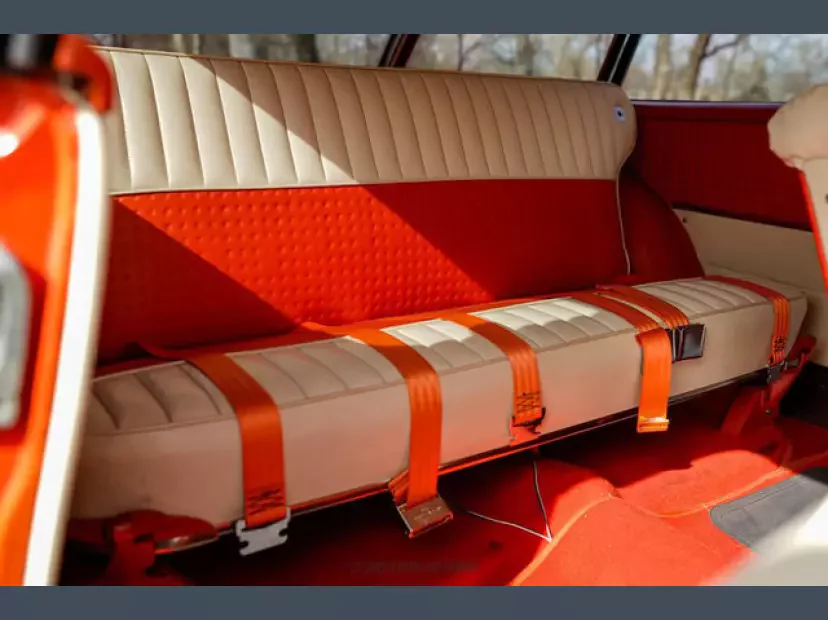
Performance and Specifications
Engine options
Buyers could choose from several engine options for their ’55 Chevy Wagon. The base engine was a 235-cubic-inch inline-six, producing 123 horsepower. For those seeking more power, Chevrolet offered two V8 options: the 265-cubic-inch Turbo-Fire V8 with 162 horsepower and the 265-cubic-inch Power Pack V8 with 180 horsepower.
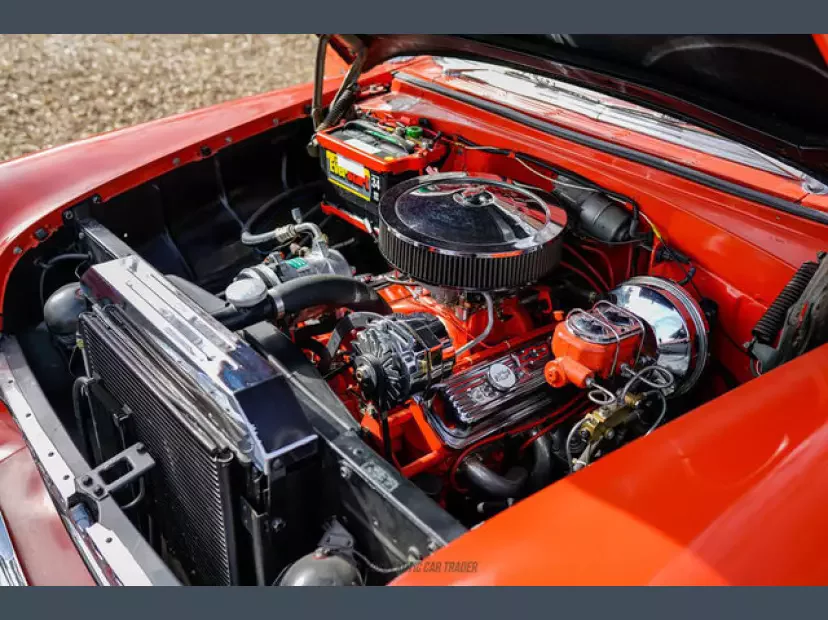
Transmission and drivetrain
The 1955 Chevrolet Wagon came with a standard three-speed manual transmission, while a two-speed Powerglide automatic transmission was available as an option. The rear-wheel-drive layout provided a smooth and comfortable ride, with the added benefit of improved handling and performance.

Suspension and brakes
The ’55 Chevy Wagon featured an independent front suspension with coil springs and a rear live axle with leaf springs. This setup ensured a comfortable ride and responsive handling. Braking power came from drum brakes on all four wheels, providing reliable stopping performance.
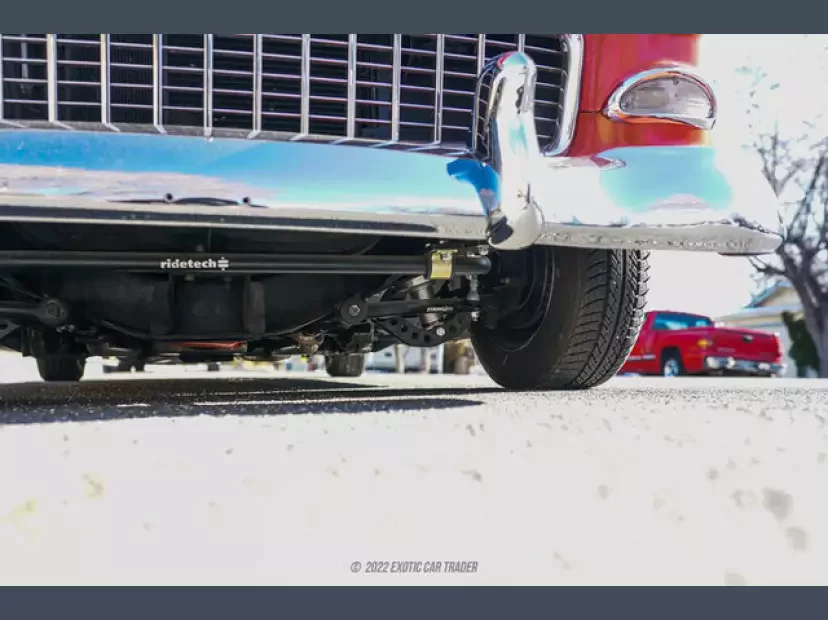
Fuel efficiency
Fuel efficiency was not a major focus in the 1950s, but the 1955 Chevrolet Wagon offered reasonable mileage for its time. The inline-six engine delivered better fuel economy than the V8 options, making it a popular choice among budget-conscious buyers.
Legacy of the 1955 Chevrolet Wagon
Impact on the automotive industry
The 1955 Chevrolet Wagon played a significant role in shaping the American automotive landscape. It helped to usher in a new era of stylish, performance-oriented vehicles that captured the hearts and minds of consumers. The innovative design and engineering of the ’55 Chevy Wagon set the stage for future generations of wagons and influenced the development of other vehicles in the Chevrolet lineup.
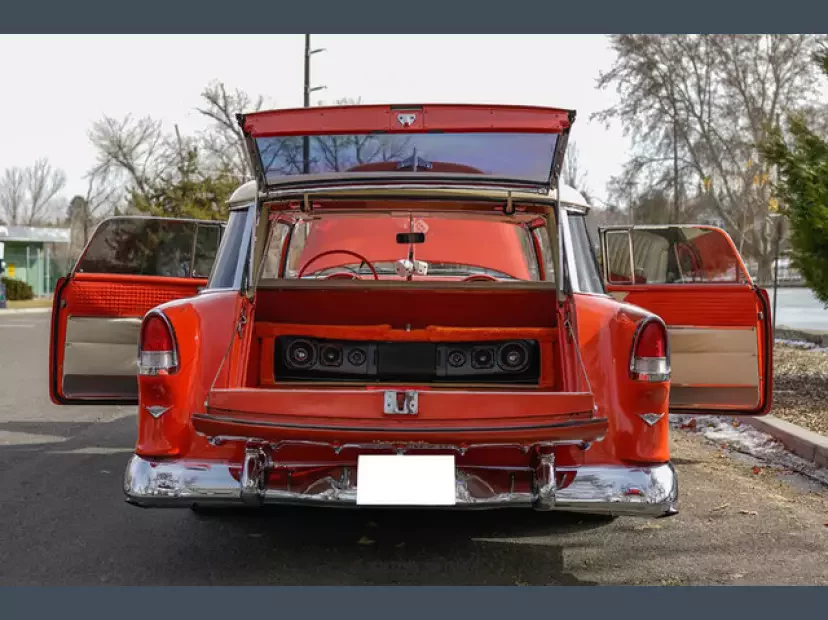
Collectibility and value
Today, the 1955 Chevrolet Wagon is highly sought after by collectors and enthusiasts. Its iconic design, coupled with its historical significance, makes it a desirable piece of automotive history. Well-maintained examples can fetch high prices at auctions and private sales, with the Bel Air Nomad being the most valuable due to its unique styling and limited production numbers.
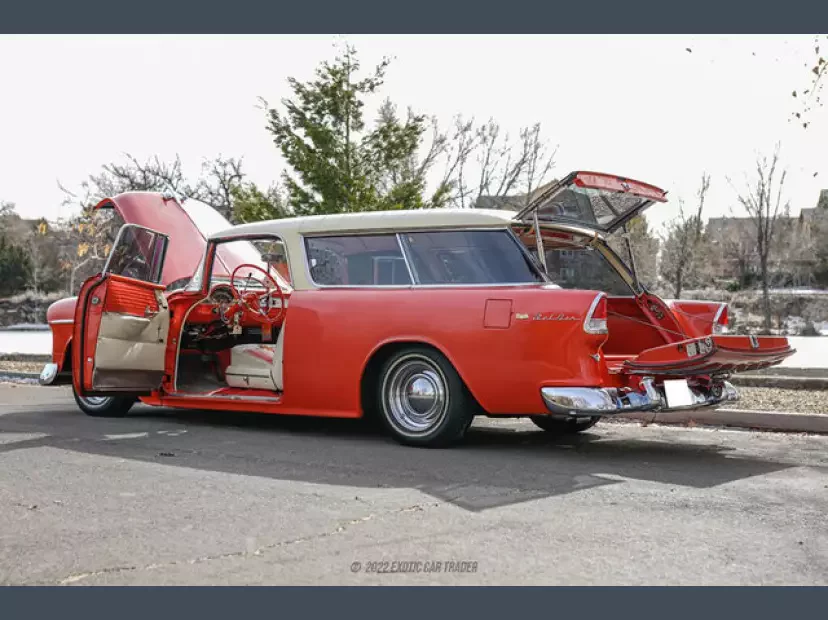
Conclusion
The 1955 Chevrolet Wagon remains an enduring symbol of American automotive ingenuity and style. Its sleek design, powerful performance, and innovative features captured the essence of the mid-1950s and helped to redefine the American automobile landscape. As a testament to its lasting appeal, the ’55 Chevy Wagon continues to be cherished by collectors and enthusiasts alike, more than six decades after its debut.
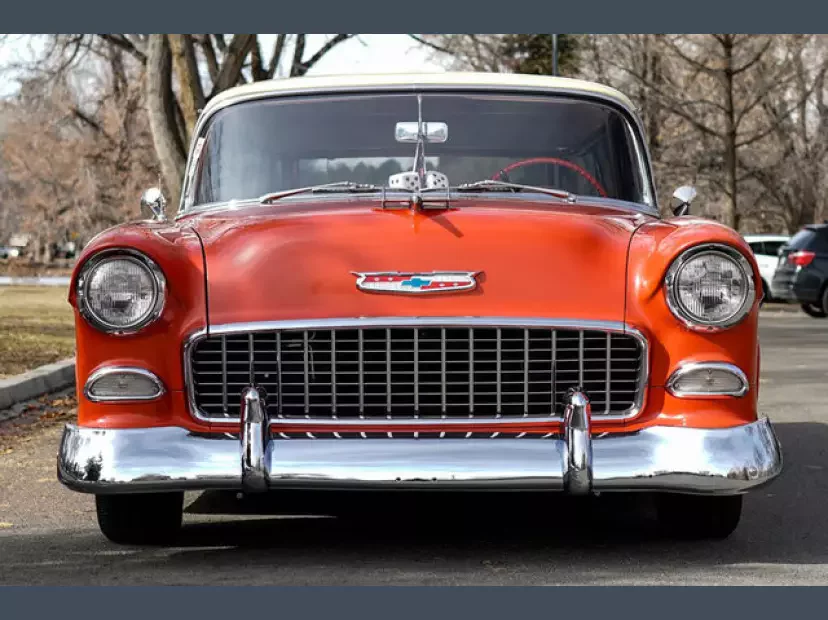
Frequently Asked Questions
- What were the main models of the 1955 Chevrolet Wagon? The 1955 Chevrolet Wagon was available in three main models: the Two-Ten Handyman, the Bel Air Nomad, and the Two-Ten Townsman.
- What engines were available for the 1955 Chevrolet Wagon? The ’55 Chevy Wagon had three engine options: a 235-cubic-inch inline-six, a 265-cubic-inch Turbo-Fire V8, and a 265-cubic-inch Power Pack V8.
- What transmission options were offered for the 1955 Chevrolet Wagon? The 1955 Chevrolet Wagon came with a standard three-speed manual transmission, while a two-speed Powerglide automatic transmission was available as an option.
- What is the current value of a 1955 Chevrolet Wagon? The value of a ’55 Chevy Wagon varies depending on factors such as model, condition, and rarity. Well-maintained examples, particularly the Bel Air Nomad, can fetch high prices in the collector’s market.
- What was the impact of the 1955 Chevrolet Wagon on the automotive industry? The 1955 Chevrolet Wagon helped usher in a new era of stylish, performance-oriented vehicles in the American automotive industry, influencing the development of future generations of wagons and other vehicles in the Chevrolet lineup.